What are the key trends in energy, construction & consumption?
In an ever changing economical, ecological and social landscape, trends can help us navigate the waves of change. And when we understand trends, we can harness them to shape a more sustainable and equitable future. That’s how trends help us make impact work. We identify trends not just as indicators of change but opportunities for innovation and collaboration.
In our latest publication, Trend Report: AI for Inclusive Climate Action, we explored the 8 macrotrends in sustainable and inclusive innovation driven by AI. For anyone in the impact ecosystem – from first-time founders to corporates and political leaders – these trends can help them leverage AI to realise their full impact potential. But trends aren’t something you can look at once then forget about.
Trends are a whole world of ideas and influences that are constantly shifting. “Empowered by AI” – the focus of our recent report – is just one megatrend. Our societies and economies are made up of countless megatrends. And each of those trends is not going to be the same tomorrow, next month or next year. Everyday, a new innovation, a new company on the market, a new electoral decision or policy proposal, shifts the trend in a slightly different direction.
Hence, our trend research is constant. In this article, we share 6 trends from our research into the energy, construction and consumption sectors in 2024. Some of these trends feature our own community members or programme alumni who are actively shaping the trend with their innovations. Enjoy the read, be inspired and if you want to explore how we can leverage and shape these trends through innovation or collaboration, get in touch!
Energy
Trend 1: “Repurposing spaces to reclaim energy generation”
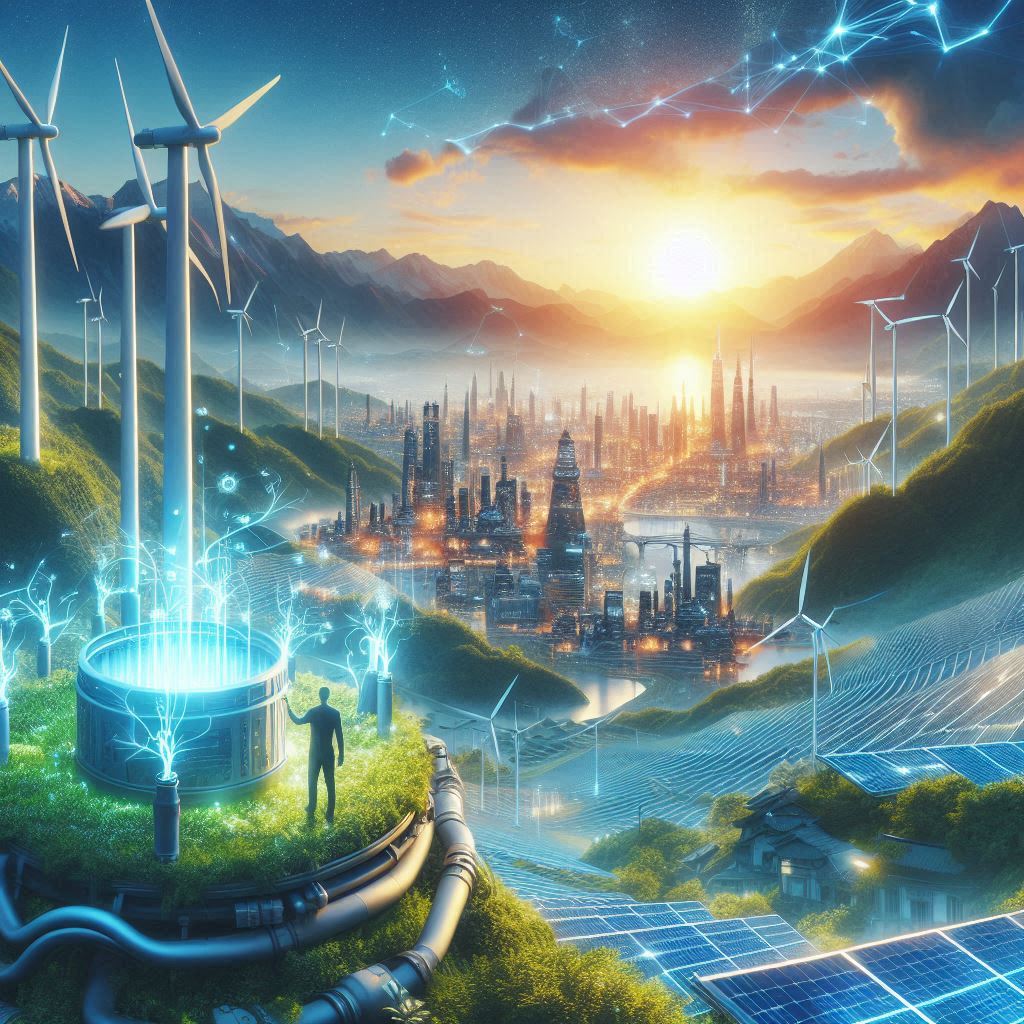
Increasingly, we are seeing people and businesses reclaim energy generation. No longer is energy only sourced from deep underground, through drilling to extract non-renewable fossil fuels, but directly from our balconies, on dancefloors or even in our neighbourhood graveyards.
Following Russia’s invasion of Ukraine, higher energy costs and grid instability has pushed the renewable energy transition up the agenda. While large energy providers are slow to transition, entrepreneurs have the opportunity to develop more local, decentralised solutions that put the power back into the hands of the consumer and repurpose previously unutilised spaces. Recent changes to legislation – the so called 'Solar Package I’ – is supporting this trend, making it easier for individuals to install and register solar modules, for example.
This shift is enabling people and businesses to procure their energy more directly from renewable sources, enabling them to reduce costs while also meeting their sustainability goals.
Innovations:
- Netherlands festival, Zwarte Cross, used the the kinetic energy created by people dancing to power hyper charging stations for mobile phones
- Over 500,000 Germans have installed mini solar systems of photovoltaic panels and an inverter on their balconies – turning unused space into electricity
- In Spain, the city of Valencia is converting its cemeteries into urban solar farms, through its Requiem in Power (RIP) project, to help achieve climate neutrality
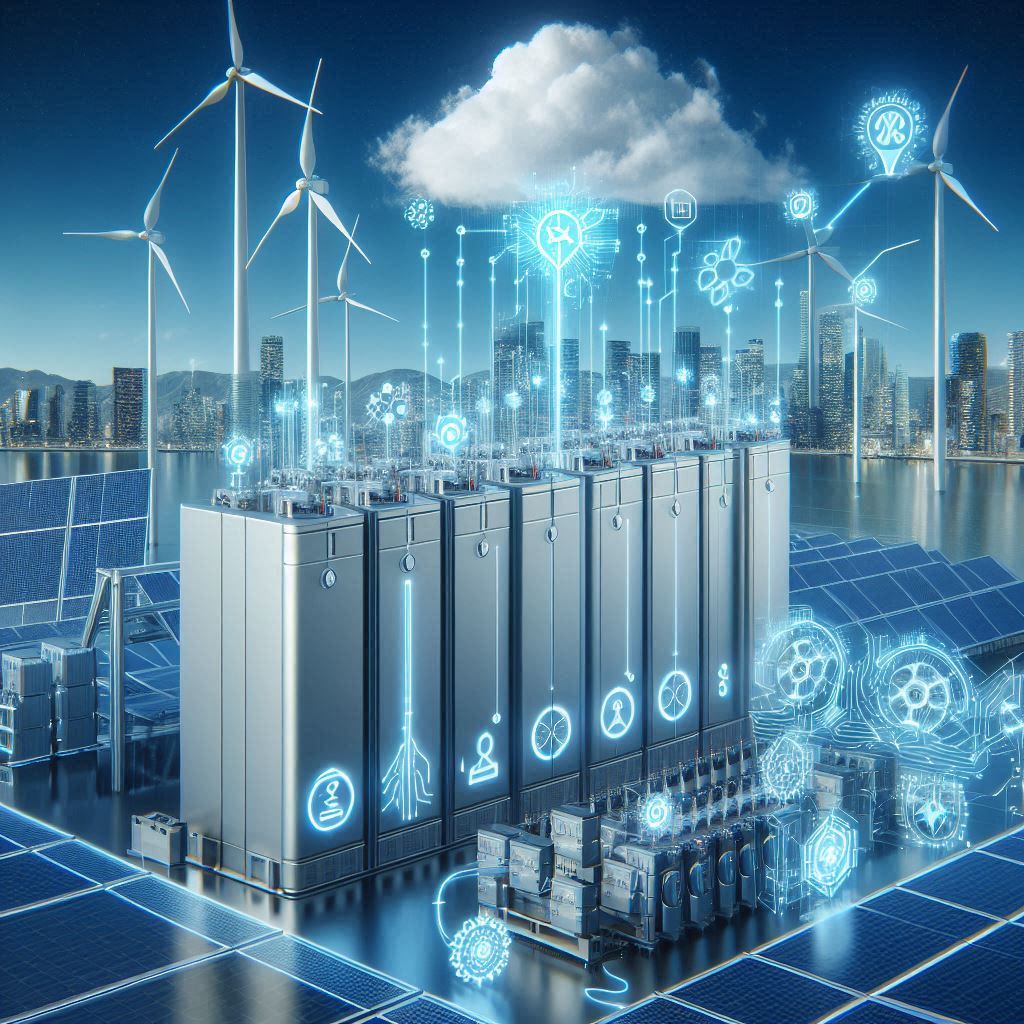
Trend 2: “Next-gen energy storage to enable decentralisation”
Just as Gen Z is dependent on technology, so is the energy transition. Thanks to technological advancements, the next generation of energy storage solutions are faster, more efficient and have higher capacity. Innovations in battery hardware and AI-supported software mean that we can optimise energy storage and distribution, therefore reducing waste and enhancing overall grid resilience.
Technological developments in hardware and software are critical pillars to a more sustainable energy system as they enable the integration of intermittent renewable energy, such as solar or wind, into mainstream grids. Without next-gen energy storage, these energy sources would not be able to power our lives and work round-the-clock.
Smaller, more efficient solutions can also help democratise energy by enabling the use of repurposed local spaces for energy production as part of a decentralised network. Therefore, directly powering people’s homes or businesses, feeding the mainstream grid or redistributing power to less energy rich areas.
Innovations:
- With their intelligent battery storage system, Scale Energy enables industrial sites to maximise their grid connection and reduce energy costs (Impact Incubator Alumni)
- telli technologies are utilising the power of AI to support customer acquisition and speed up renewable energy installations (Impact Incubator Alumni)
Construction
Trend 3: “Be prefab(ulous): In order to be irreplaceable one must always be replaceable, Coco Chanel”

Unlike the last century, when the goal of architects and planners was to design buildings to last forever, there is now a trend towards buildings – or at least components of buildings – that can easily be replaced. These are the buildings and businesses that will be irreplaceable in the future.
That’s not to say that people are favouring materials that need to be replaced more quickly due to lower quality or shorter lifespans. Rather, the world is waking up to the fact that buildings cannot last forever. Either structural components fail or the needs of the community change and the building needs to be repurposed. Modular construction and designing buildings for disassembly, means that when whole components or materials reach the end of their lifespan in one building, they can be reused in another or easily replaced.
Additionally, both modular construction and prefabrication are growing trends that can reduce pollution and waste. This is the result of higher levels of efficiency and control possible at offsite locations where the modules and components are built. Comparably, traditional building sites often lead to a lot of pollution in the surrounding area and create mixed waste which cannot be recycled.
Innovations:
- ZIRKULAAR Architektur offer zero-waste, modular components for trade fairs (Impact Incubator Alumni)
- Cutwork have designed prefab co-living units to ramp up the construction of affordable, sustainable housing for single-parent families
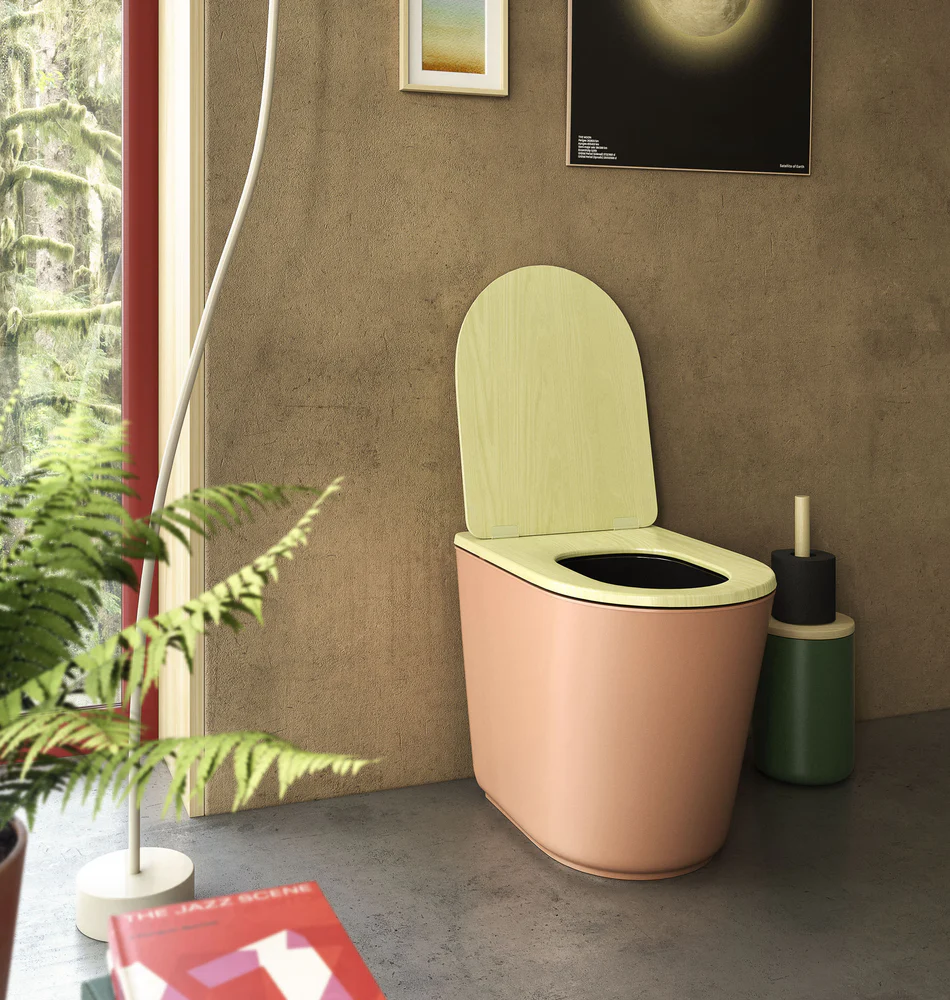
Trend 4: “Stop taking out the trash: Give your waste a place inside your home”
Waste, by definition, is something unwanted and unusable. The word can conjure unpleasant images and make your nose crinkle. Now, many are realising that we’ve got it wrong all this time; that we should stop taking out the trash and instead see waste as a valuable resource.
The vast majority of waste produced in Germany annually – 340 million tonnes – comes from construction and demolitions. At the EU level, construction and demolition waste accounts for more than one third of all waste. This presents a huge opportunity for architects and entrepreneurs to redefine and repurpose waste, bringing it back into our homes. For example, with whole components constructed from waste, or innovative processes that can recycle traditionally resource- and energy-intensive materials such as concrete.
Even our own waste – that is, human waste – could have more of a place in our homes. Rather than flushing this valuable resource away, compostable toilets are gaining momentum, not just at public sites such as festivals, but in our own bathrooms too.
Innovations:
- 1800 Tequila created a pop-up bar made of 100% repurposed waste materials
- Researchers at the University of Cambridge developed the first emissions-free method to recycle cement
- Swedish startup Harvest Moon has designed a full-integrated, chic compostable toilet for homes
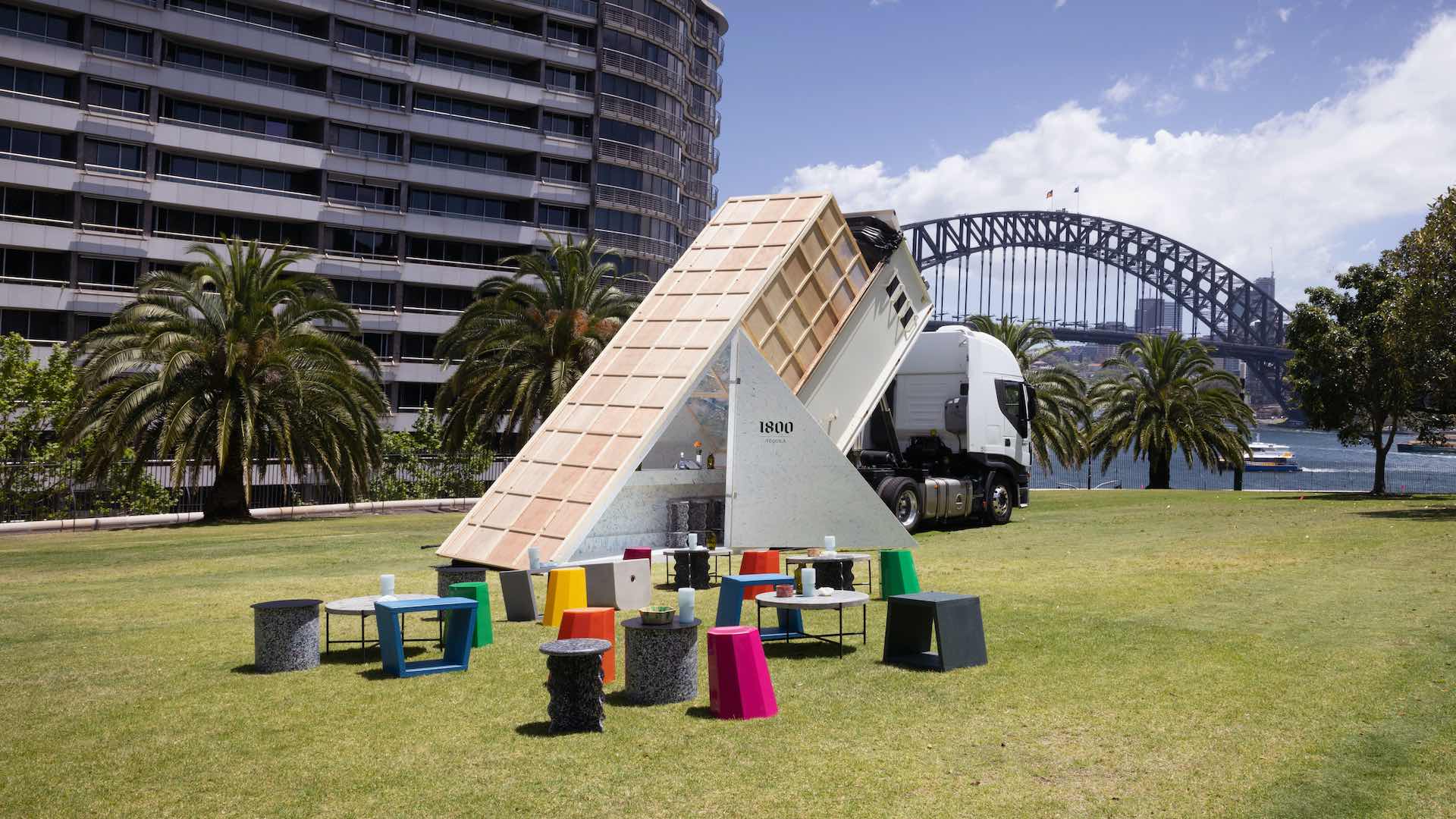
Consumption
Trend 5: “Customers want less meat, else, make it lab”
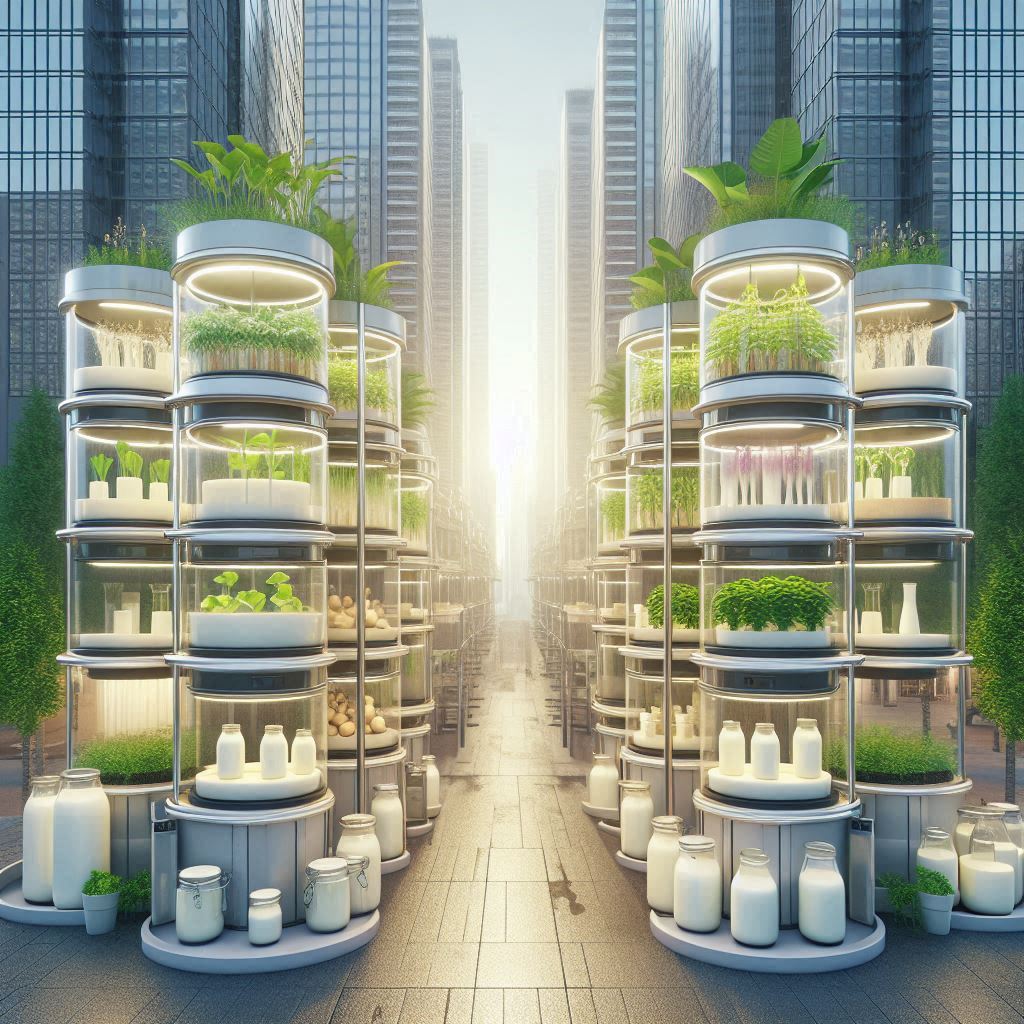
There is a growing trend towards vegetarianism and veganism. Consumers want less meat – instead, there’re looking for plant-based alternatives and (albeit at a slower rate) lab-grown animal products.
This stems from an increasing emphasis on health and wellbeing, as well as sustainability concerns. Awareness of the potential negative health and environmental impacts of a high meat-based diet are on the rise. Consumers are looking to curb these effects by shifting to a more plant-based diet, choosing locally produced, organic animal-based produce, or trying lab-grown alternatives.
For those choosing a plant-based diet, they’re also looking for the local sources of fruits and vegetables that will have a better impact on themselves and the world they inhabit.

Innovations
- Jumbo ceases all promotions and discounts of meat products to discourage purchases of animal-based products
- Emirates expands their vegan options as passenger demand grows
- Bill Gates invests in Savor – lab-grown, animal-based fats made from carbon
- Future Cow – which uses precision fermentation to create milk without cows – wins semi-finalist position in FoodTech World Cup
- Smart Plant brings beyond-bio food direct to consumers door with their urban vertical farming solution (Impact Incubator Alumni)

Trend 6: “Spend less, use more – and make your money and the world’s resources go further”
In the age of polycrisis that we find ourselves in, consumers are cutting back their spending. 66% of consumers reported efforts to reduce non-essential expenses. Price also comes out on top when it comes to purchasing decisions.
At the same time, people are buying into the circular economy and looking for ways that they can increase the lifecycle of products they already own, save money on second hand products or buy products made of recycled or reusable materials. This way, they can spend less while getting more use and value out of their purchases.
Innovations
- Kraft Mayonnaise reveals how customers can give their jars a second life
- Open Funk makes it possible for people to use any jar to blend up a delicious smoothie or sauce (Circular Together Alumni)
- ToysReloved are helping toys get more love through their full-service solution for re-selling second hand toys (Impact Incubator Alumni)


Das Projekt Impact Incubator: Climate Tech wird gefördert aus Mitteln der Europäischen Union und des Landes Berlin im Rahmen des Europäischen Sozialfonds.
Sources
- https://www.trendingtopics.eu/the-9-biggest-climatetech-trends-for-2024/
- https://app.trendwatching.com/daily/germans-embrace-balcony-solar-panels-to-cut-costs-and-combat-climate-change?queryId=12ec07062dd2953bb562c9f5e77db721
- https://app.trendwatching.com/innovations/spain-transforms-graveyards-into-largest-urban-solar-farm?queryId=9582013d25611eef86af36e30b444edehttps://green.org/2024/01/28/climate-tech-trends-in-2024-accelerating-innovation-for-a-sustainable-future/https://www.bmuv.de/fileadmin/Daten_BMU/Pools/Broschueren/abfallwirtschaft_2023_en_bf.pdf
- https://www.startus-insights.com/innovators-guide/climate-tech-trends-innovations/
- https://www.ucem.ac.uk/whats-happening/articles/what-is-prefabrication/
- https://www.bmuv.de/fileadmin/Daten_BMU/Pools/Broschueren/abfallwirtschaft_2023_en_bf.pdf
- https://www.oracle.com/retail/grocery-industry-trends/https://nielseniq.com/global/en/insights/education/2024/grocery-trends/
- https://www.mintel.com/insights/retail/consumer-trends-in-online-grocery-retail/